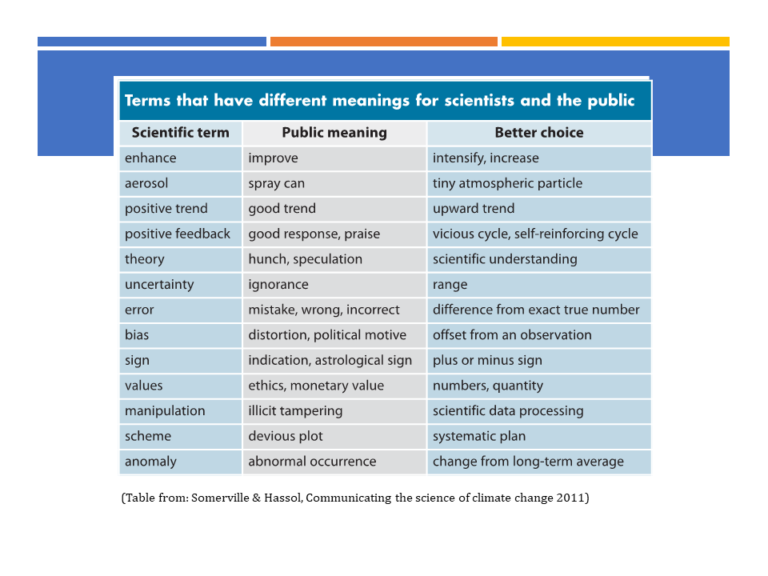During their time at the Science of Team Science (SciTS) conference in April 2018, Rachel Chown (MCRC) and Ruth Norris (HeRC) attended a fantastic tutorial on the ‘Interdisciplinary Translation’ technique; so were thrilled when its leader, Andi Hess, agreed to re-run it here at The University of Manchester. Andi Hess, based at Arizona State University and Director of the Interdisciplinary Translation and Integration Sciences Initiative (ITISI), is a leading expert in team science and interdisciplinary working for research.
As a university committed to harnessing the ‘team science’ model of working, this invited event was a perfect opportunity for the Manchester community to learn theory and practical skills from an international leader in the field.
After introductions from the organisers (Health eResearch Centre and Manchester Cancer Research Centre), this informal, interactive half-day session started with detailed introductions from all delegates. More in-depth than the usual round-robin, this was a vital stage to demonstrate two types of diversity: across participants, and within personal career path.
This highlighted the variety in the 32 delegates’ current roles, spanning the schools of medicine, health, computer science and business, with 1/3 working in academics/research and 2/3 in administration/professional services. From physics to neuroscience to fine art, educational backgrounds were also diverse; perhaps most interestingly, the majority had moved through a number of disciplines and domains from their initial training to reach their current role, e.g. starfish biology to research programme management!
In a funding and research environment increasingly rewarding cross-field collaborations, effective communication across disciplines using different disciplinary languages is paramount to success. However, explained Andi, when teams become pan-disciplinary, though they have more knowledge and expertise, the role of communication becomes pivotal due to the different ‘languages’ spoken.




